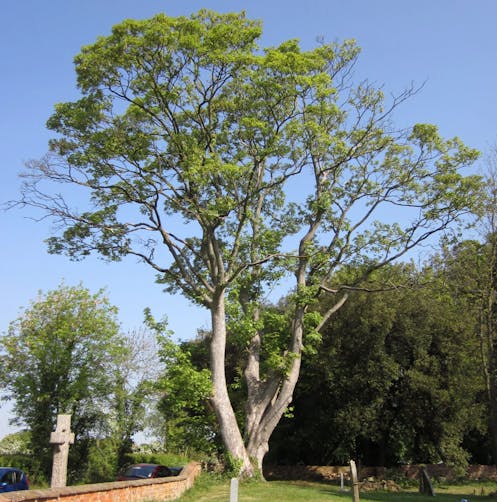crucial information about sycamore and how to prevent it having a cause!

what is a sycamore tree?
The American sycamore is a deciduous tree known for its distinctive exfoliating bark, which peels away in patches, revealing a smooth, light-colored surface underneath. The leaves are large, with three to five lobes, and the tree produces spherical seed heads that dangle from thin stems.
Sycamore trees are often found along riverbanks and in moist areas. They can grow to be quite large, with a broad canopy, providing ample shade. These trees are valued for their ornamental qualities and have been used in landscaping and urban planting.
how is a sycamore tree dangerous for horses?
Sycamore trees, particularly their seeds and seedlings, can pose a danger to horses due to a condition known as atypical myopathy. A typical myopathy is a potentially fatal muscle disorder that affects horses, and it has been linked to the ingestion of certain toxins found in the seeds (also known as "helicopters" or samaras) and seedlings of sycamore trees.
The seeds and seedlings of sycamore trees contain a toxin called hypoglycin A. When horses consume these parts of the tree, the toxin can cause damage to their muscles, leading to symptoms such as muscle weakness, stiffness, difficulty breathing, and dark-colored urine. In severe cases, atypical myopathy can be fatal.
how can you prevent your horse from being effected?
- Fencing: If possible, keep horses away from areas where sycamore seeds and seedlings are present. Fencing off such areas can help minimize the risk of ingestion.
- Pasture Management: Regularly monitor pastures for the presence of sycamore trees, seeds, and seedlings. Remove any fallen seeds or seedlings promptly.
- Feed: Ensure that horses have access to a well-balanced diet and are not forced to graze on limited or poor-quality forage, which might lead them to consume sycamore seeds out of hunger.
- Consult a Veterinarian: If a horse shows any signs of atypical myopathy or if there is a suspicion of sycamore tree exposure, it's crucial to seek prompt veterinary attention. Early intervention can improve the chances of a positive outcome.




